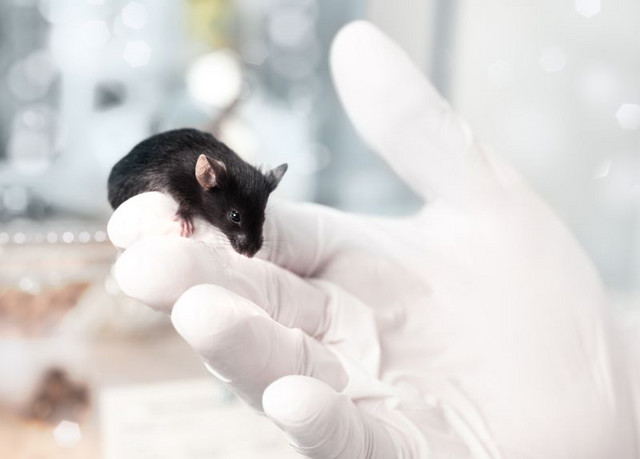Inextricably linked: Animal welfare and scientific quality
Experiments with animals are still indispensable in science and a central component of meaningful biomedical research. However, valid results can only be achieved if the animals are healthy and live stress-free. Animal welfare and scientific quality not only belong together, they are also mutually dependent. The Permanent Senate Commission on Animal Protection and Experimentation of the German Research Foundation (DFG) has addressed these requirements in its recently published guidelines "Animal Experimentation in Research – The 3Rs Principle and the Validity of Scientific Research".
In the document, the DFG highlights the close links between animal welfare measures in research such as the 3Rs principle and the significance of scientific research experiments. The 3Rs principle describes the internationally recognized ethical principle of replacing animal experiments with alternative methods wherever possible (replace), reducing the number of experiments and laboratory animals to a necessary minimum (reduce) and limiting the burden on laboratory animals to an indispensable level (refine). The Senate Commission stresses that the observance and implementation of the 3Rs principle is indispensable, but only sensible in conjunction with scientifically proven project planning. Animal welfare measures should therefore be anchored as an integral part of project planning.
In the guidelines, the Senate Commission has elaborated the specific requirements for the performance of animal experiments in research in order to support this goal and offers assistance for the secure planning and description of animal experimental research. The Senate Commission cites the quality of the animal model, the accuracy of the experimental set-up and the degree to which the experimental results can be generalized beyond the specific conditions of the respective experiment as essential criteria for the scientific validity of the results. Finally, the guidelines describe areas of tension from research practice, such as the choice of animal species or the determination of the number of animals, and gives recommendations for dealing with them.

